On this page, you can expect to find a comprehensive food safety vocabulary list along with links to games, flashcards, and other resources related to this subject. Explore and enhance your understanding of food safety terminology through interactive activities and study aids.
Food safety is a crucial aspect of maintaining a healthy lifestyle and preventing foodborne illnesses. It is essential to follow proper food handling and preparation techniques to avoid contamination and ensure the safety of the food we consume. By washing hands, utensils, and surfaces regularly, cooking foods to the correct temperature, and storing perishable items at the appropriate temperature, we can minimize the risk of harmful bacteria and pathogens from spreading. Adhering to food safety guidelines is key in protecting ourselves and our loved ones from getting sick and promoting overall well-being.
Practice & Reinforce Your Learning
Food Safety Vocabulary List
Personal Hygiene

- It is important to maintain proper sanitation by washing hands regularly with soap and water.
- Regularly cleaning and disinfecting surfaces in the home can help prevent the spread of bacteria and viruses.
- Good sanitation practices in food preparation can help prevent foodborne illnesses.

- Remember to always wash your hands thoroughly before handling food to maintain proper hygiene.
- It is important to maintain good personal hygiene to prevent the spread of germs and bacteria.
- Proper hygiene practices in the kitchen can help prevent foodborne illnesses and keep food safe for consumption.

- Remember to schedule regular dental check-ups to ensure your oral care routine is effective.
- Proper oral care can prevent gum disease and tooth decay.
- Children should be taught good oral care habits at a young age to establish a lifetime of healthy teeth.

- I make sure to stay on top of my grooming routine by washing my hair every other day and keeping my nails trimmed and clean.
- Proper grooming is important for maintaining good health and preventing infections.
- Regular grooming can help boost one's self-confidence and overall well-being.

- After using the public restroom, it is important to practice proper disinfection by washing your hands thoroughly with soap and water.
- Regular disinfection of high-touch surfaces in your home, such as doorknobs and countertops, can help prevent the spread of germs.
- The hospital follows strict protocols for disinfection to ensure a safe and clean environment for patients and staff.
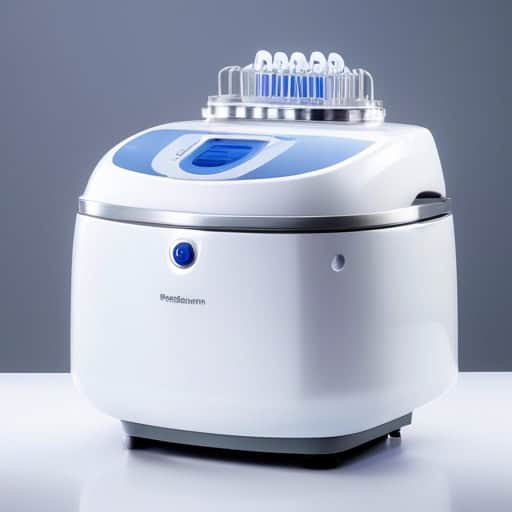
- After surgery, instruments are put through a thorough sterilization process to prevent infections.
- Proper sterilization of bottles and pacifiers is crucial for a baby's health and safety.
- Dental tools must undergo strict sterilization procedures to prevent the spread of bacteria between patients.

- After using the restroom, it is important to practice proper handwashing to prevent the spread of illness.
- Healthcare workers are trained in proper handwashing techniques to maintain a safe and sanitary environment for patients.
- Teaching children the importance of handwashing can help instill good hygiene habits from a young age.

- I always make sure to maintain cleanliness by washing my hands frequently throughout the day.
- Cleanliness is important to prevent the spread of illness and disease.
- The cleanliness of the kitchen is crucial in ensuring food safety and preventing foodborne illnesses.
Cross-contamination

- Be sure to wash your hands thoroughly to prevent cross-contamination in the kitchen.
- It is important to use separate cutting boards for raw meat and produce to avoid cross-contamination.
- Cross-contamination can occur when utensils are used interchangeably between different types of foods.

- Always remember to wash your hands thoroughly before and after handling food to ensure food safety.
- Properly store raw meats on the bottom shelf of the refrigerator to prevent cross-contamination and maintain food safety.
- Regularly clean and sanitize cutting boards, knives, and other kitchen utensils to uphold food safety standards.

- Remember to always wash your hands thoroughly before handling food to maintain proper hygiene.
- Proper hygiene practices in the kitchen include regularly cleaning surfaces and utensils to prevent cross-contamination.
- It is crucial to maintain good personal hygiene to prevent the spread of germs and sickness.
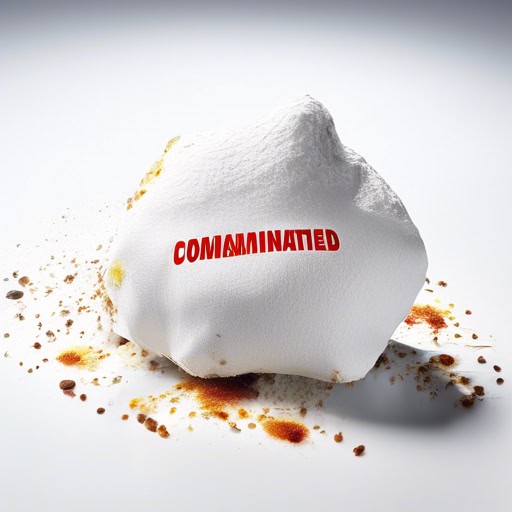
- The restaurant had to close temporarily after it was discovered that their kitchen was contaminated with salmonella.
- The contaminated water supply led to an outbreak of gastroenteritis in the community.
- The contaminated meat was recalled from supermarkets to prevent any illnesses from spreading.

- Pathogens can be found in raw meat, poultry, and seafood if not properly handled and cooked.
- It is important to wash hands thoroughly after handling raw foods to prevent the spread of pathogens.
- Cross-contamination can occur when pathogens from one food item are transferred to another, leading to foodborne illness.
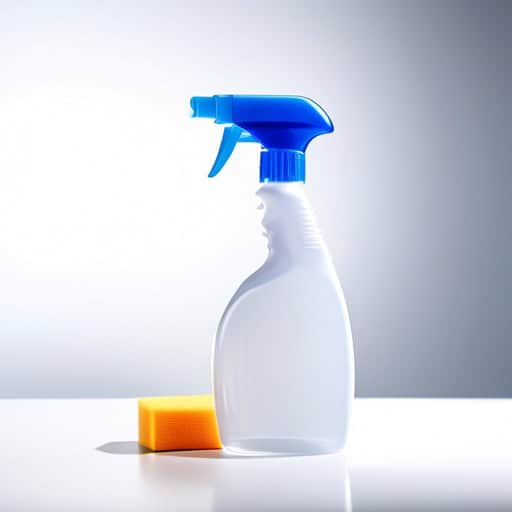
- The restaurant follows strict sanitization protocols to maintain a clean and safe environment for customers.
- Proper sanitization of kitchen utensils is crucial in preventing foodborne illnesses.
- Regular sanitization of high-touch surfaces, such as doorknobs and countertops, helps reduce the spread of germs.

- I got foodborne illness from eating raw chicken last week.
- Foodborne illness can be prevented by properly cooking and storing food.
- The restaurant was shut down temporarily due to a foodborne illness outbreak among its customers.
Proper food storage

- The warehouse uses advanced technology for humidity control to ensure the freshness of the produce.
- Proper humidity control is essential in a cigar humidor to maintain the quality and flavor of the cigars.
- The HVAC system in the laboratory is equipped with humidity control features to protect sensitive equipment and samples.
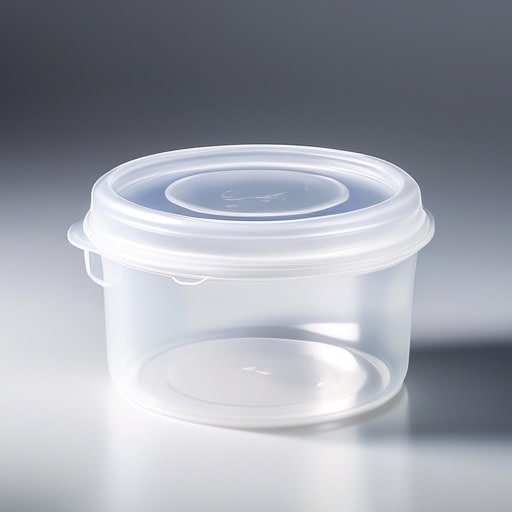
- I store my leftovers in airtight containers to ensure they stay fresh for the next day.
- Airtight containers are essential for preserving the flavor and quality of coffee beans.
- Using airtight containers is a great way to extend the shelf life of pantry staples like flour and sugar.

- The expiration dates on canned goods should always be checked before consumption to ensure safety.
- It's important to pay attention to expiration dates on medications to avoid taking ineffective or potentially harmful drugs.
- When grocery shopping, be sure to check expiration dates on perishable items like dairy and meat to avoid spoilage.

- Temperature control is crucial in a commercial kitchen to ensure food safety and prevent contamination.
- Proper temperature control can help extend the shelf life of perishable goods and reduce food waste.
- Many refrigerators and freezers come equipped with advanced temperature control settings to accommodate various types of food storage needs.
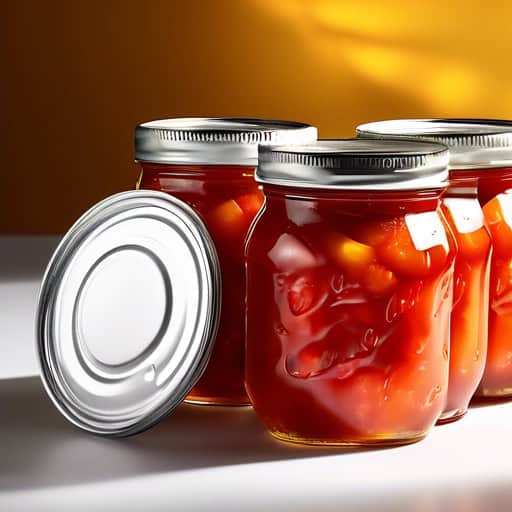
- I spent the weekend canning tomatoes from my garden.
- My grandmother taught me how to do traditional canning with mason jars.
- Canning is a great way to enjoy the taste of summer fruits and vegetables all year round.
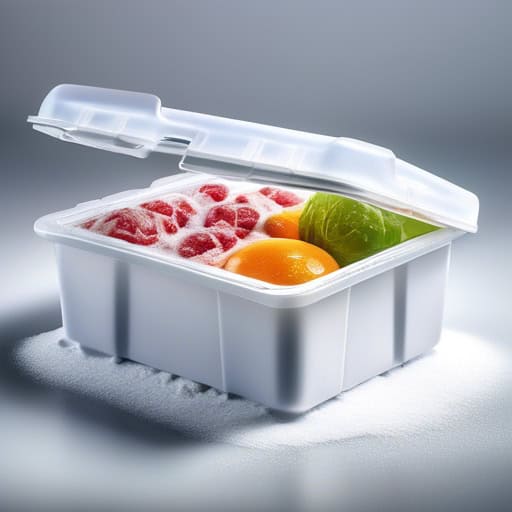
- The freezing temperatures helped preserve the meat for a longer period of time.
- I stored the vegetables in the freezer to keep them from spoiling.
- The freezing process halted the growth of harmful bacteria in the food.
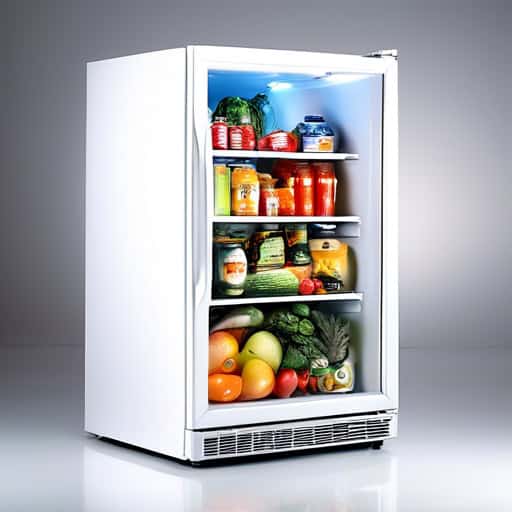
- I store my fruits and vegetables in the refrigerator to keep them fresh for longer periods of time.
- Refrigeration is essential for preserving perishable items like dairy products and meats.
- The invention of refrigeration has revolutionized the way we store and transport food.
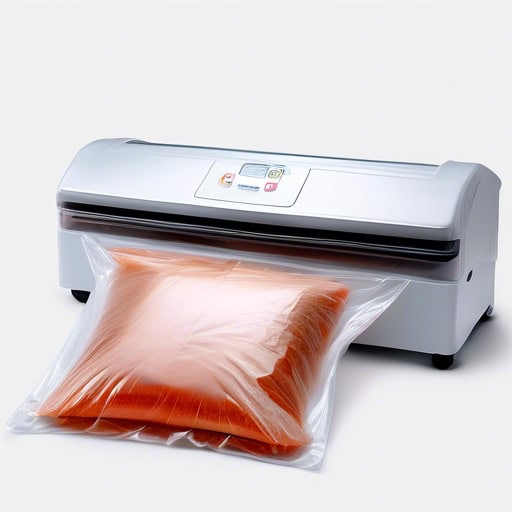
- I vacuum sealed the leftovers to keep them fresh for a few extra days.
- Vacuum sealing is a great way to extend the shelf life of perishable items.
- The vacuum sealing process removes air from the package, creating an airtight seal that helps prevent freezer burn.
Allergen awareness

- I have to be dairy-free because I am lactose intolerant and cannot consume any dairy products.
- My friend always brings dairy-free snacks to our gatherings so that everyone can enjoy the food.
- There are many delicious dairy-free alternatives to cheese and milk available at the grocery store.

- I always make sure to pack nut-free snacks for my child's school lunches to ensure their safety.
- The bakery down the street offers a variety of nut-free options for those with allergies.
- When hosting a party, it's important to have nut-free options available for guests with allergies.
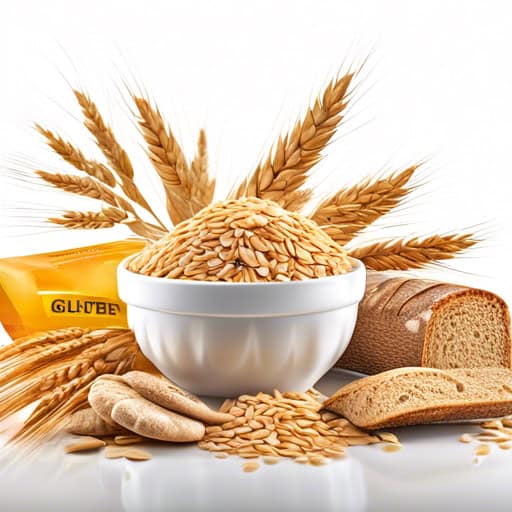
- I always look for gluten-free options when dining out to accommodate my dietary restrictions.
- My friend has to eat gluten-free due to celiac disease, so we often cook meals together that are safe for her to enjoy.
- The bakery down the street just started offering a variety of delicious gluten-free pastries for customers with gluten sensitivities.

- My daughter has a severe food allergy to peanuts, so we always have to be careful about what she eats.
- I developed a food allergy to shellfish when I was a teenager, which can be challenging when dining out.
- It's important to always read ingredient labels carefully to avoid triggering a food allergy reaction.

- Menu labeling is crucial for individuals with food allergies to make informed choices when dining out.
- Restaurants are increasingly adopting menu labeling to promote transparency and customer safety.
- Government regulations may require establishments to implement menu labeling as a way to protect public health.

- I have a food sensitivity to gluten, which means I have to avoid foods like wheat, barley, and rye.
- My friend has a food sensitivity to dairy, so she always opts for non-dairy alternatives like almond milk.
- It's important to be aware of your food sensitivities so that you can make informed choices about what you eat.

- Be sure to wash your hands thoroughly after handling raw meat to prevent cross-contamination.
- Using separate cutting boards for raw meats and produce can help reduce the risk of cross-contamination.
- It is important to store raw and cooked foods separately in the refrigerator to avoid cross-contamination.
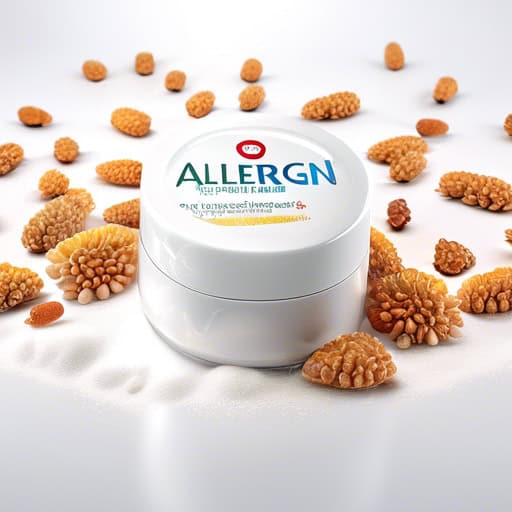
- I always have to check food labels for potential allergens before eating anything.
- Some people have such severe allergies that even being near an allergen can cause a reaction.
- It's important to be aware of common allergens and take necessary precautions to avoid them.
Cleaning and sanitation procedures
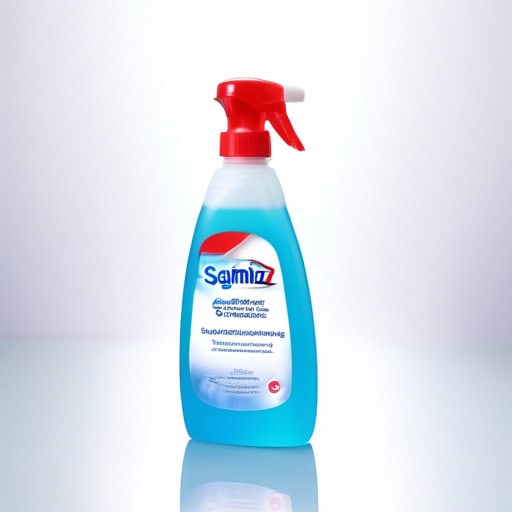
- Remember to sanitize your hands before handling any food items.
- It is important to sanitize workout equipment after each use to prevent the spread of germs.
- The hospital staff diligently sanitize all surfaces to ensure a clean and safe environment for patients.
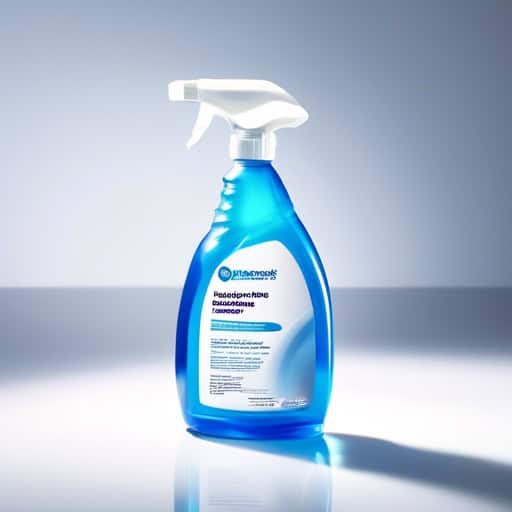
- After cleaning up the mess, she made sure to disinfect the entire kitchen to prevent the spread of bacteria.
- The hospital staff diligently disinfects all surfaces to maintain a clean and safe environment for patients.
- It is important to regularly disinfect commonly touched items, such as doorknobs and light switches, to reduce the risk of illness.
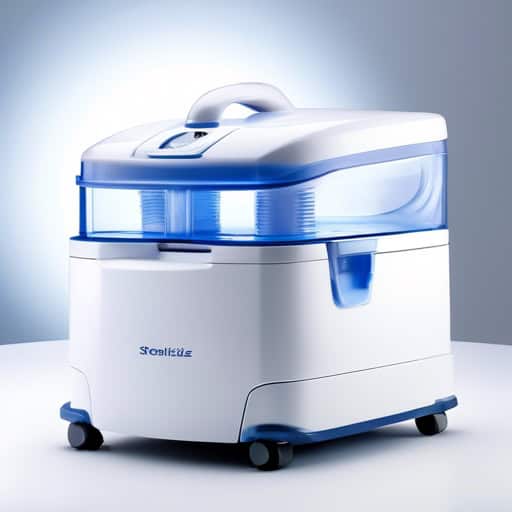
- The hospital uses an autoclave machine to sterilize all surgical equipment before each use.
- It is important to sterilize baby bottles to prevent the spread of harmful bacteria.
- The dentist always sterilizes his instruments between patients to maintain hygiene standards.
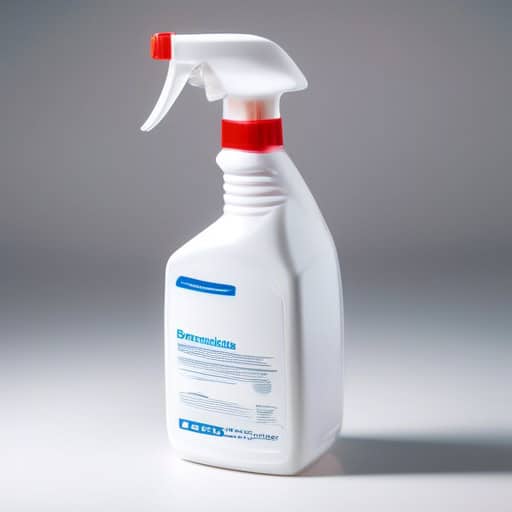
- The workers had to wear protective suits and masks in order to safely decontaminate the area.
- After the chemical spill, a specialized team was called in to decontaminate the affected site.
- It is crucial to thoroughly decontaminate medical equipment in between uses to prevent the spread of infections.

- Please remember to sanitize all surfaces in the kitchen before preparing food to prevent cross-contamination.
- It is important to sanitize exercise equipment after each use to prevent the spread of germs.
- Make sure to regularly sanitize your hands throughout the day to avoid getting sick.
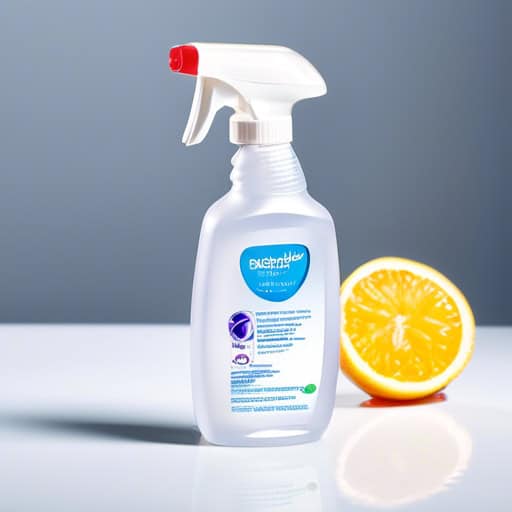
- Remember to sanitize your hands before handling food to prevent the spread of germs.
- It is important to sanitize frequently touched surfaces, such as doorknobs and light switches, to reduce the risk of illness.
- Make sure to sanitize cutting boards and knives after each use to avoid cross-contamination.

- I need to scrub the bathtub to remove the soap scum buildup.
- After playing in the mud, I had to scrub my shoes clean.
- She scrubbed the dishes until they were spotless.
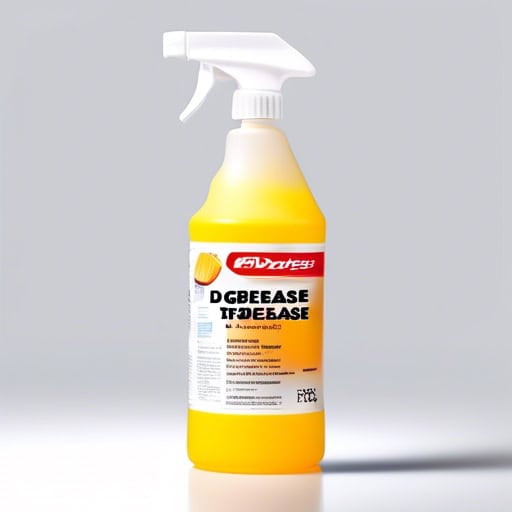
- I need to degrease the kitchen countertops before I can start cooking.
- The mechanic used a degreaser to clean the engine parts.
- It's important to degrease your bicycle chain regularly to prevent buildup.
Quick Facts
- Foodborne illness affects millions of people each year, with symptoms ranging from mild stomach upset to serious illness or even death.
- Cross-contamination of food, where harmful bacteria are transferred from one food to another, can occur through improper handling, storage, or cooking techniques.
- Proper cooking temperatures are crucial for killing harmful bacteria in food. For example, ground beef should be cooked to an internal temperature of 160°F to ensure safety.
- Food safety regulations and guidelines are in place to protect consumers and prevent outbreaks of foodborne illness. These regulations are enforced by government agencies such as the FDA and USDA.
- Food safety practices in the home, such as washing hands before handling food and keeping raw meat separate from ready-to-eat foods, can greatly reduce the risk of foodborne illness.
